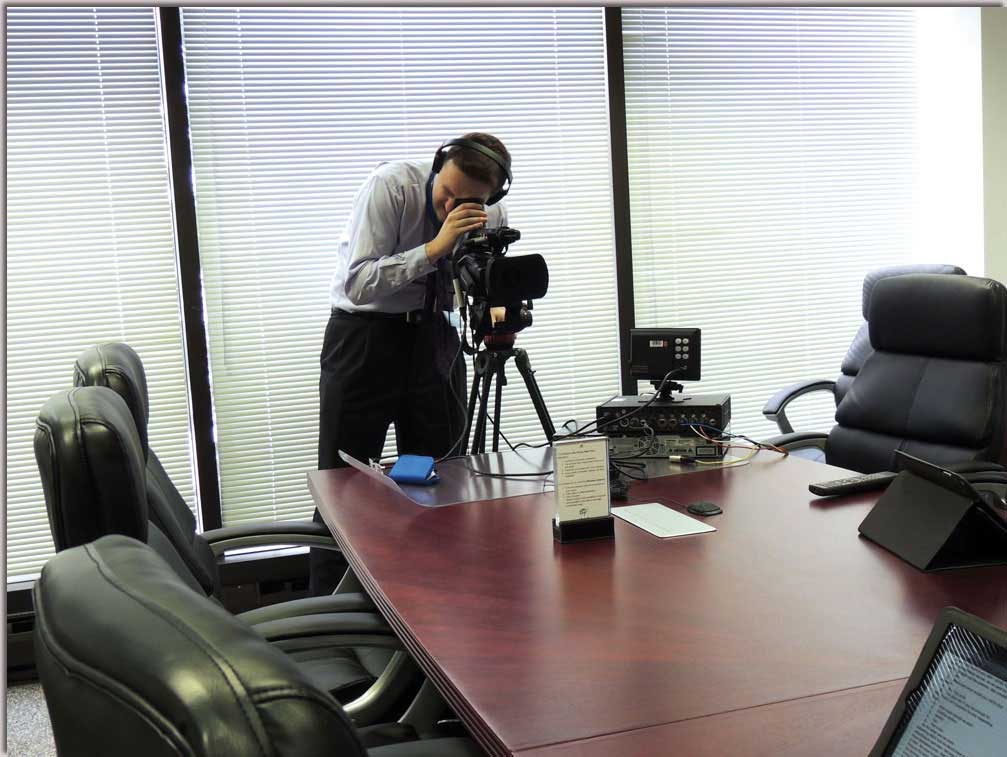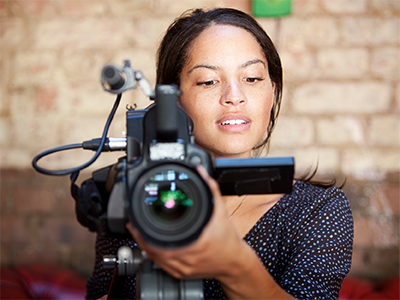Why Legal Videography Is Important for Accurate Legal Record-Keeping
In the world of lawful procedures, the precision of record-keeping is paramount, and lawful videography arises as a crucial device in this context. By recording the subtleties of verbal and non-verbal communication, it significantly minimizes the potential for misinterpretation that can come with typical written documents. In addition, the preservation of authentic visual proof not just enhances the trustworthiness of statements yet likewise adds to a comprehensive account of events. As we explore the complex advantages of legal videography, one must consider its ramifications for the future of judicial honesty and transparency - legal videography.
Value of Visual Evidence
Developing the importance of visual evidence in legal proceedings is extremely important for ensuring precise record-keeping and enhancing the general honesty of the judicial process. Aesthetic evidence functions as a vital device in recording events, problems, and other significant details that might be vital to an instance. Unlike written accounts, which are vulnerable to analysis and predisposition, visual recordings provide an objective, unalterable depiction of truths as they happened.


This kind of evidence can catch a range of aspects, consisting of witness actions, environmental context, and physical proof, all of which might affect judicial end results. By providing a clear and extensive visual narrative, lawful videography gets rid of uncertainty and helps to preserve the authenticity of the proof.
Furthermore, aesthetic proof can be instrumental in decreasing disputes over factual inconsistencies, as it enables for a straight contrast against statement and other recorded records. In an era where digital innovation is significantly prevalent, the capability to existing visual proof properly can considerably improve the total top quality of legal process. Eventually, the incorporation of visual evidence not only reinforces the paperwork procedure yet additionally enhances public count on the judicial system by promoting transparency and responsibility.
Enhancing Testament Reputation
The integration of legal videography into courtroom proceedings significantly boosts the reputation of witness testament. By catching the nuances of verbal and non-verbal interaction, video recordings offer a more thorough depiction of a witness's behavior, emotions, and integrity. This aesthetic documentation permits jurors to observe the witness's body movement, facial expressions, and total presence, which are important elements that can affect their understanding of testimony credibility.
Moreover, legal videography lowers the capacity for misinterpretation or distortion of testament that may occur in composed transcripts. Customers can see and hear the testament as it existed, making certain that the context and tone are protected. This credibility promotes a better sense of trust fund among jurors, that may be a lot more likely to believe testament that they can witness firsthand.
Additionally, the visibility of video footage can prevent witnesses from providing misleading or overstated statements, as they know that their testament is being tape-recorded. This liability reinforces the integrity of the judicial procedure. Eventually, lawful videography offers as an important device in ensuring that witness statement is not just properly illustrated however additionally seen with increased credibility by all celebrations included.
Comprehensive Document Conservation
Comprehensive document preservation is vital for keeping the honesty of legal proceedings. Legal videography acts as a critical device in this process, providing an exact aesthetic and acoustic account of testaments, depositions, and other critical moments in a situation. Unlike standard written records, video clip recordings catch the subtleties of body movement, tone, and feeling, which are essential for recognizing the context and intent behind declarations made Home Page throughout lawful process.

Additionally, the ability to examine video proof enables attorneys to determine critical information that may have been forgotten in composed documents. By preserving a comprehensive archive of lawful proceedings via videography, law practice can maintain the highest criteria of accuracy and liability, ultimately adding to a fairer judicial process.
Simplifying Legal Procedures
Streamlining lawful proceedings is necessary for enhancing performance and lowering hold-ups within the judicial system. Lawful videography serves as an essential tool in attaining this goal by Bonuses supplying clear and exact visual paperwork of court hearings, depositions, and testaments. This technology enables real-time recording, making certain that all verbal and non-verbal hints are recorded, which can facilitate quicker resolution of conflicts.
The assimilation of videography into legal procedures reduces dependence on typical methods, such as prolonged records, which can be taxing to generate and review. By having access to taped video, lawyers can swiftly reference essential moments, improving their capacity to prepare and existing instances effectively. This immediacy also aids in the clearing up of statements, lowering the potential for misconception.
In addition, aesthetic documents cultivates an extra interesting court room experience for jurors, aiding them to grasp complex information quicker. Ultimately, legal videography streamlines communication amongst all events entailed, from lawyers to judges to jurors, thus promoting a more efficient judicial procedure (legal videography). In a period where time is important, accepting this innovation is important for the modern legal landscape
Admissibility in Court
Exact documents is crucial not only for efficiency yet additionally for making sure that proof is acceptable in court. Legal videography acts as a critical device in this process, providing a dependable visual document of statements, statements, and occasions. Courts typically require proof to satisfy specific criteria of my blog admissibility, including relevance, credibility, and reliability. High-quality video clip recordings can satisfy these criteria by catching clear sound and visual information that written transcripts might ignore.
To be regarded admissible, legal videography has to stick to established methods, such as appropriate tools usage, appropriate illumination, and clear sound capture. Furthermore, it is important to have certified videographers that understand the lawful needs surrounding evidence collection. The chain of custody must likewise be kept to stop any type of insurance claims of meddling or alteration.
Additionally, lawful videography can boost the persuasiveness of proof by providing jurors with a direct view of the statement, permitting for a more engaged understanding of the case. In summary, the combination of lawful videography right into record-keeping not just sustains efficiency but likewise boosts the honesty and admissibility of proof in court proceedings.
Conclusion
In verdict, legal videography plays a critical role in making certain exact legal record-keeping by offering unbiased aesthetic paperwork. Ultimately, the unification of lawful videography into the judicial procedure advertises transparency and bolsters public count on in the stability of the legal system.